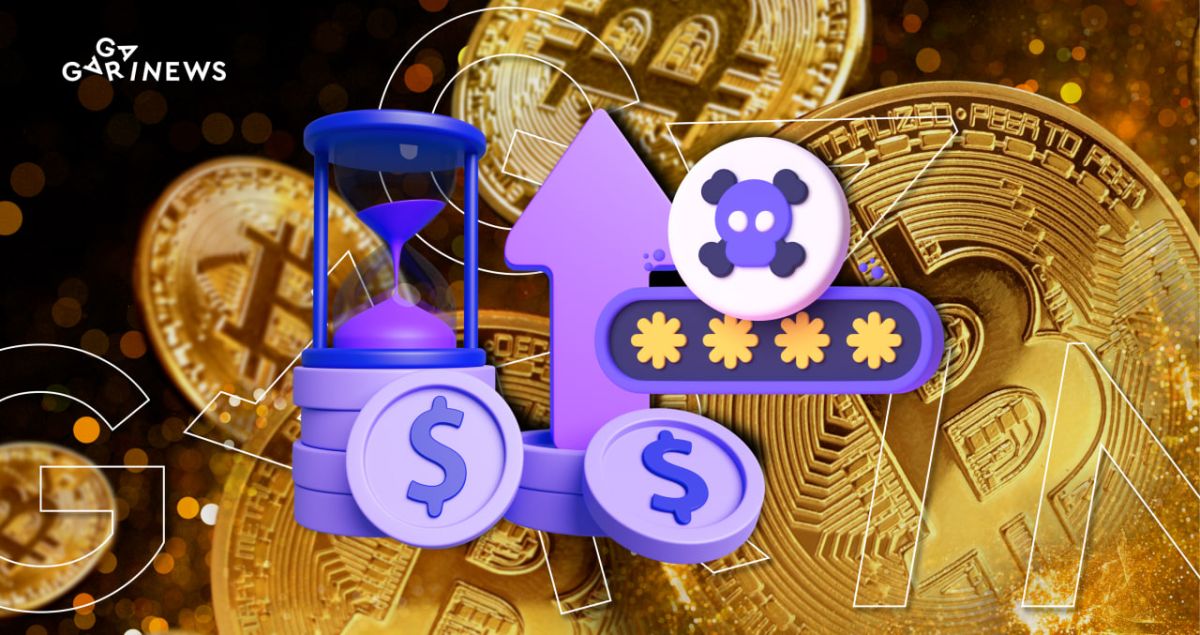Premining: a motivation tool used by scammers

Crypto enthusiasts frequently react cautiously to the decision of the developers to release some of the tokens before the project is made public. What will happen next: a scam or an investment in development?
Why was premining created?
The idea behind premining is to motivate the development team and reward the project's founders. To achieve this, an initial coin offering (ICO) is conducted before a specific number of tokens are actually placed in circulation. Remember how companies used to give their employees shares of a stock before going public? Early cryptocurrency investors are eligible to receive a specific number of coins that are issued as part of the premining process. In general, this is a similar phenomenon.
Companies can also do premining to build up a reserve to pay for the coin's future development. A premining pool may occasionally be made available for presale to interested investors. It's important to note that pre-mined coins actually gain real market value only after the ICO.
Why is the crypto community against premining?
Unfortunately, in practice, premining often serves as a way to deceive gullible crypto enthusiasts. The scheme is as follows: The developers remain silent about the volume of premining or even about the fact that it took place at all. In the weeks leading up to the ICO, there is a buildup of information, which generates a lot of buzz and artificially boosts demand. After the ICO, when the price is going to the moon, pre-mined coins are thrown into the market. Developers siphon off profits, which lowers the rate. Ordinary investors suffer financial losses. They have no chance of earning or even just getting their money back. After all, the entire project was launched with the intention of making an immediate profit rather than for future development. According to some crypto analysts, this type of scam resulted in a protracted crypto winter, in which even respectable blockchain projects were unable to attract sufficient funding for development.
Furthermore, premining creates a plethora of opportunities for corruption. In some cases, crypto exchanges forced developers to transfer a portion of their coins as payment for the token's listing. In theory, the exchanges should double-check the project's technological capabilities and ensure that the developers do not intend to deceive users. However, some websites only care about getting their “small share.” The sheriff doesn't give a damn about investors' problems.
Premining proponents contend that without it, developers won't be motivated to launch new crypto projects or advance existing ones. Therefore, the vast majority of developers have used and are still using premining. At the same time, if we are not talking about a scam, investors must be officially informed of the premining amount. Nonetheless, some crypto enthusiasts believe that it is best to avoid projects in which a significant portion of the coins are mined during premining. Logic suggests that decentralized assets in the same hands instantly become centralized and enable trading manipulation.
The content on The Coinomist is for informational purposes only and should not be interpreted as financial advice. While we strive to provide accurate and up-to-date information, we do not guarantee the accuracy, completeness, or reliability of any content. Neither we accept liability for any errors or omissions in the information provided or for any financial losses incurred as a result of relying on this information. Actions based on this content are at your own risk. Always do your own research and consult a professional. See our Terms, Privacy Policy, and Disclaimers for more details.


























